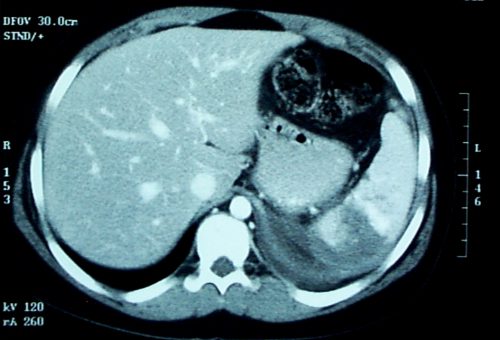We always worry about the aorta after high-energy blunt trauma in adults. Should we be doing the same in kids? After all, they are very elastic and for the most part they are tough to break.
A 13 year review was undertaken by the CV surgeons at Harborview twenty years ago which tried to answer this question. They looked at medical examiner records of all pediatric deaths (16 or younger) and identified the ones with traumatic aortic injury. They found only 12 deaths (2.1%), and somehow they also tracked one survivor (from ME data???). The age range was 3-15, with a mean of 12 (which means that the majority were in the older age group).
Six children were pedestrian struck, 5 were involved in car crashes, and two were on motorized bikes or ATVs. None of the children in car crashes were restrained and two were ejected. Four of the five were traveling > 55mph. All had other serious injuries, including abdominal and orthopedic.
It’s tough to draw any meaningful conclusions from this paper due to the small numbers, the retrospective design, and the lack of a denominator. The only thing it does tell us is that aortic injury is bad, and that kids should not get hit by cars and should wear their seat belts. The mean age suggests that it involves primarily older children. But we kind of knew all that already.
What it does not help with is figuring out at what age we need to start thinking about imaging the aorta with CT scan. I’ll be digging into that a little more this week.
Reference: Eddy et al. The epidemiology of traumatic rupture of the aorta in children: a 13 year review. J Trauma 30(8): 989-992, 1990.

